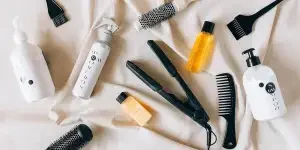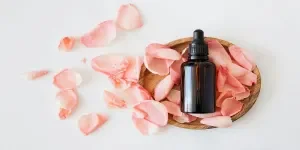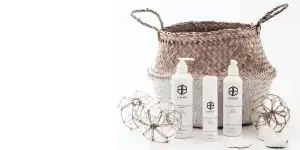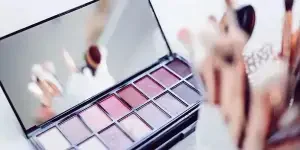Lactation can be unpredictable, uncomfortable, and hard for nursing mothers to manage. That’s why nursing pads exist as a solution to help mothers control leaks and maintain hygiene throughout the lactation process.
On top of this, nursing pads have caught the attention of consumers with a consistent monthly following of 22,200 search queries since 2022.
So if you want to learn how to pick the best nursing pads, then read on for how to source nursing pads that are set to boost profits in 2024.
Table of Contents
What are nursing pads, and why do mothers need them?
What are the different types of nursing pads?
4 factors to consider when stocking up on nursing pads
Final words
What are nursing pads, and why do mothers need them?
Nursing pads, or breast pads, are little pieces of fabric placed inside a bra to absorb milk leaking from the breast. They work the same way as towels do. But instead of soaking up sweat, nursing pads soak up breast milk.
Below are a few reasons why consumers need nursing pads:
- Nursing pads help prevent milk leakage.
- They also help prevent bacteria and infection buildup from enclosed moist environments.
- Lactation can sometimes cause discomfort. But nursing pads can help make nursing mothers feel better.
- Nursing pads also help manage lactation with discretion, meaning women rest assured there will be no leakage stains.
What are the different types of nursing pads?
Disposable nursing pads

Nursing mothers already have their hands full, and laundry is the last agenda on their busy schedule. With disposable nursing pads, consumers have a convenient single-use option.
So when the pad is soaked, consumers don’t have to struggle with the washer. They can simply throw out the used pad and pull another one from the pack. Although disposable nursing pads are grade A in low maintenance, they are not the most environmentally friendly choice.
Reusable nursing pads
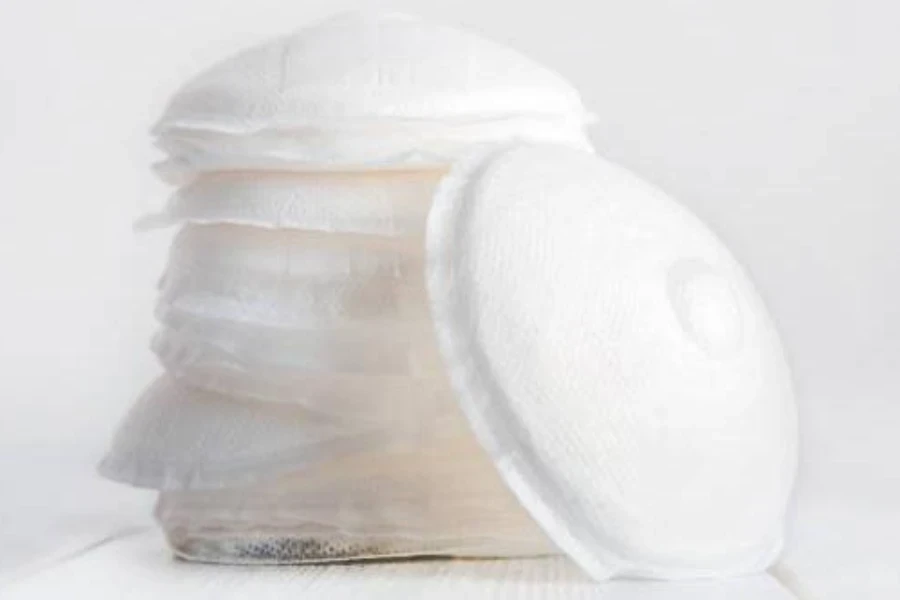
Not all consumers can afford to dispose of and buy nursing pads constantly—so reusable ones offer a pocket-friendly alternative!
After a one-off purchase, consumers can wash and store reusable nursing pads for daily use. However, some consumers may find reusable nursing pads labor-intensive due to the need for regular washing.
Silicone pads

These nursing pads offer something different. Instead of being absorbent, they apply gentle pressure to reduce the chances of leaks. Silicone nursing pads also have sticky surfaces so mothers can wear them with or without a bra.
Some women prefer silicone nursing pads because they fit perfectly under fancy clothing and work for swimming. Some variants also come with designs to help collect breast milk if it spills.
4 factors to consider when stocking up on nursing pads
Comfort
Retailers must prioritize comfort when choosing nursing pads because women wear them for long hours—so anything less than comfortable will irritate the sensitive breast skin. The ideal comfortable nursing pad should be soft, breathable, and cushioned enough to support the breasts.
The best materials to prioritize for comfort include cotton, bamboo, microfiber, and silicone. They’ll help ensure mothers enjoy a relaxed breastfeeding experience when using nursing pads made from them.
But that’s not all. Women with a busy schedule will find comfortable nursing pads more adaptable. In general, nursing pads with plastic liners, non-breathable materials, harsh chemicals, and adhesive backing will make wearing them uncomfortable. So, businesses must avoid stocking up on such nursing pads to offer issue-free experiences.
Absorbent
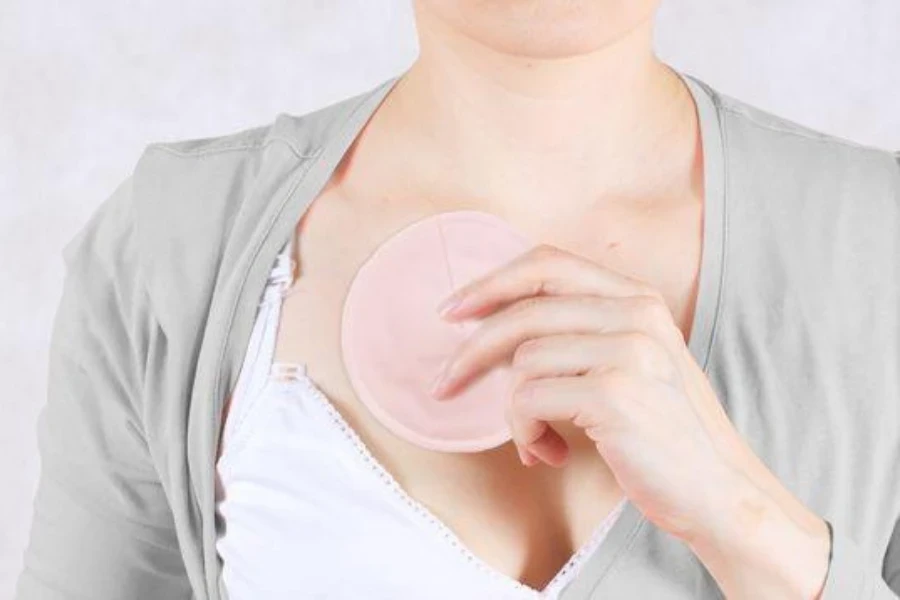
The main reason consumers purchase nursing pads is because they want to prevent the visible embarrassment of clothes getting wet from leakage. But nursing pads can’t do that if they aren’t absorbent.
When sourcing nursing pads, businesses must ensure that they have moisture retention capabilities to protect clothes and bras from unexpected milk flow.
Absorbent nursing pads utilize good layering to lock in moisture. For example, nursing pads have a hygroscopic inner layer that helps maintain dryness and prevent stains.
Coverage
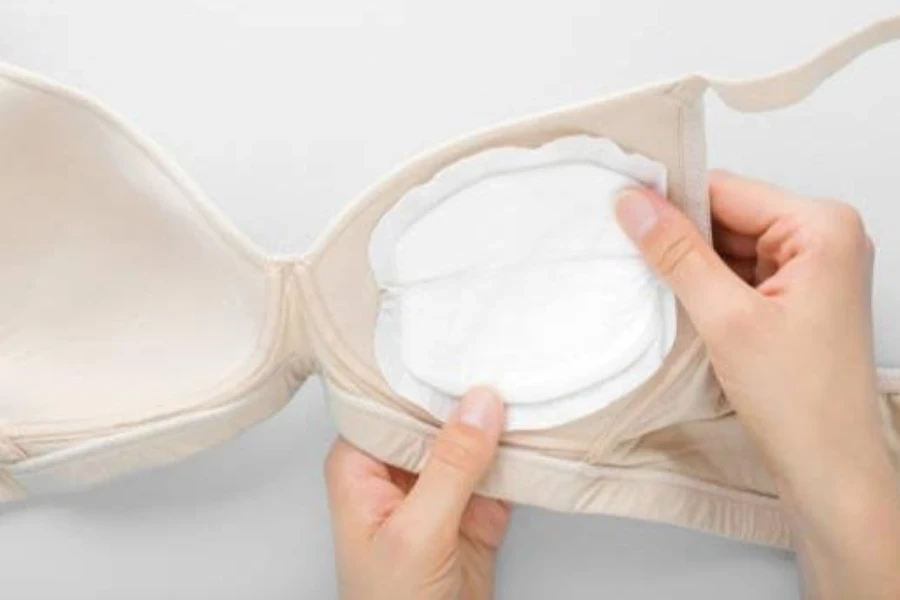
Nursing pads do not come in universal sizes. They must offer enough coverage to shield the breast and prevent leakage. For such situations, businesses must provide nursing pads that fit perfectly in their target consumer’s bra size.
For example, nursing pads designed for sports bras must provide enough coverage without sticking out. And if they’re for lace bras, nursing pads should be smooth enough to provide discreet coverage.
Contoured design
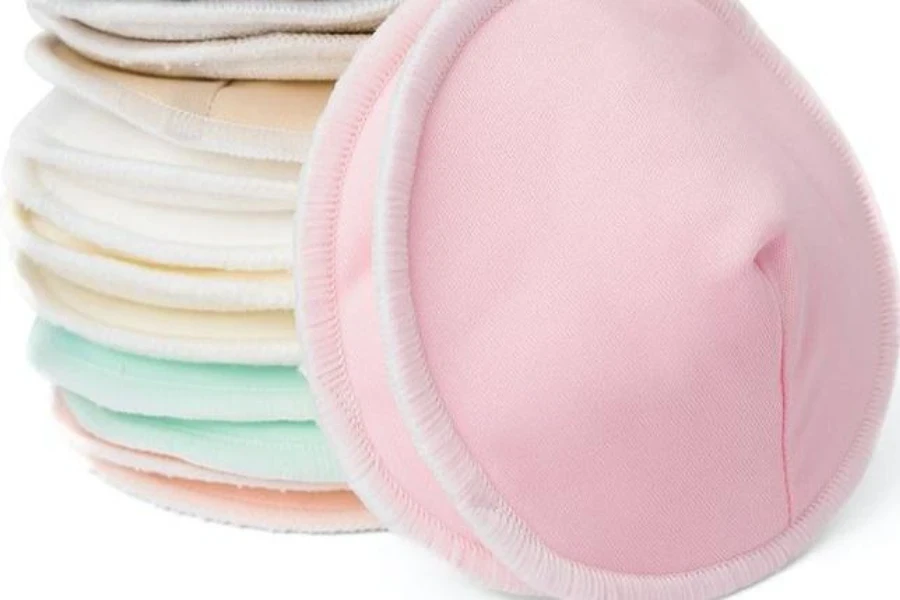
Women will always gravitate toward nursing pads with contoured designs for a more natural feel. Since breasts are round, offering flat nursing pads would be unconventional.
Contoured nursing pads cup the wearer’s breasts like bras and will sit flush on their skin without moving around or bunching. As a result, such nursing pads are completely discreet—no one would know mothers even have them on.
Final words
Lactation is challenging to manage. Like changing diapers, mothers must be conscious of leakages to avoid embarrassment or other health issues from keeping breasts in moist bras.
Luckily, nursing pads are the perfect hygiene aid to help lactating women control leakage, deal with discomfort from sensitive nipples, and boost confidence. However, offering nursing pads requires more than choosing the types.
Businesses must also consider all the factors discussed in this article. That way, they can rest assured that their inventories will be ready to handle the surging demand when sales kick off in 2024.
